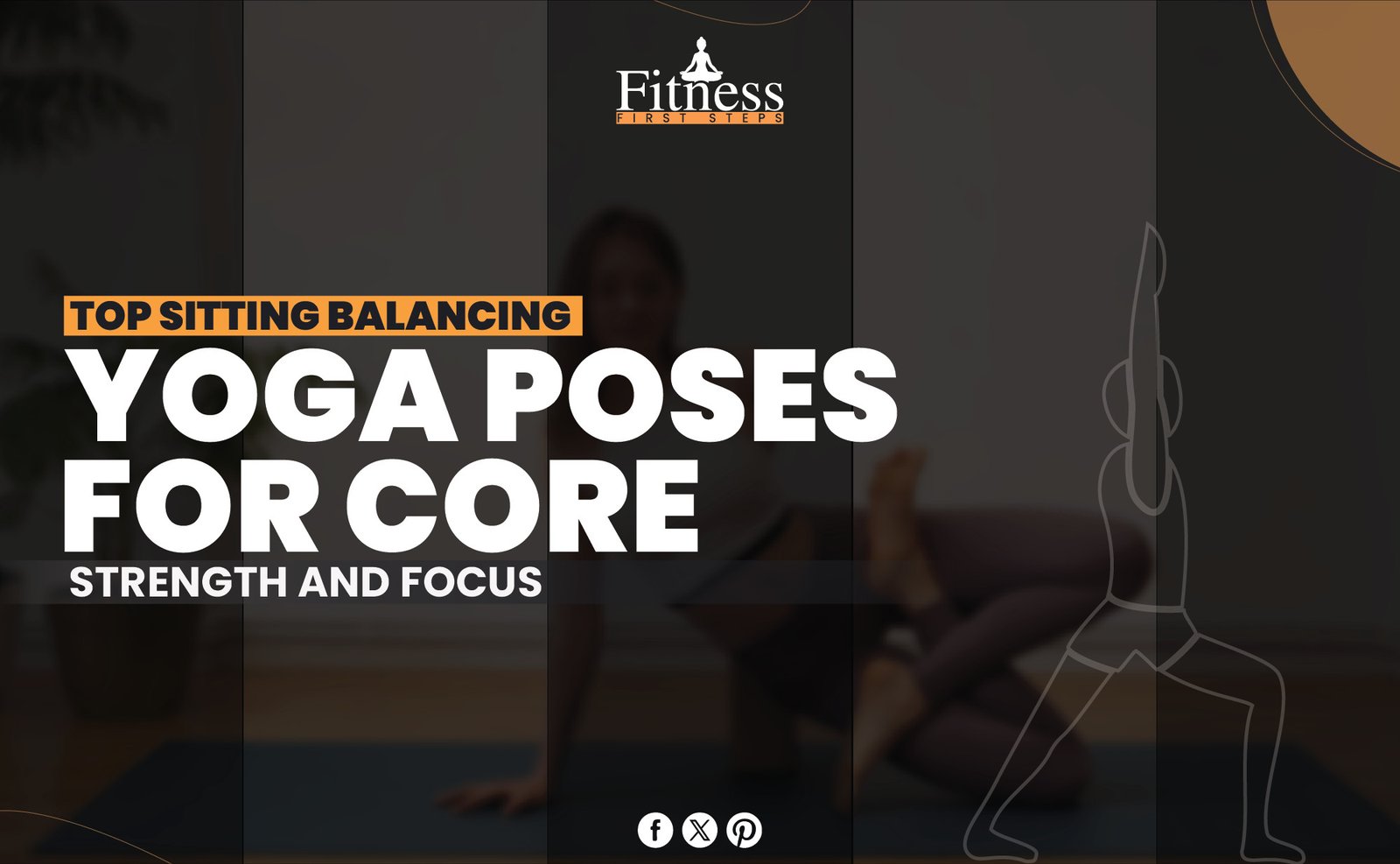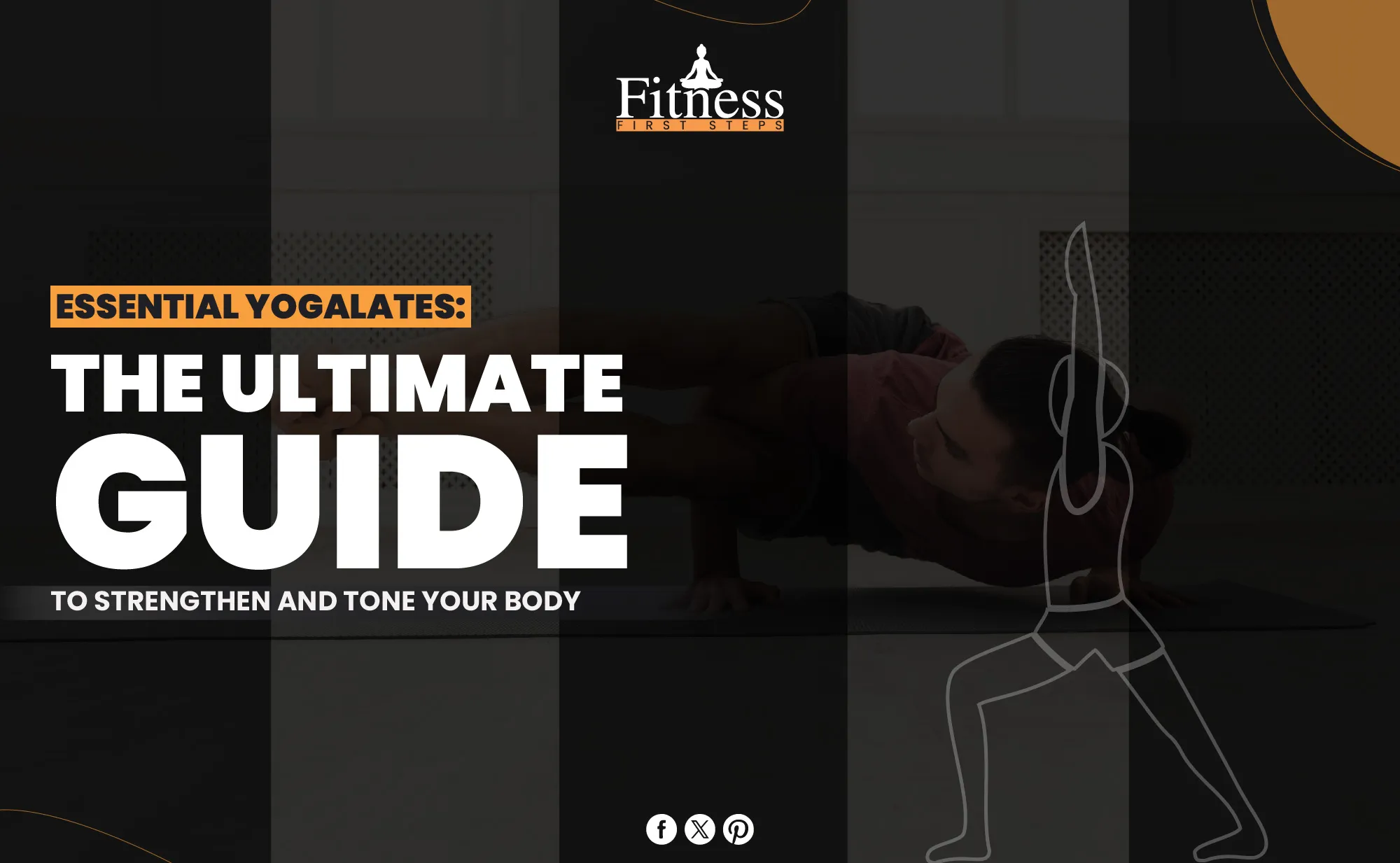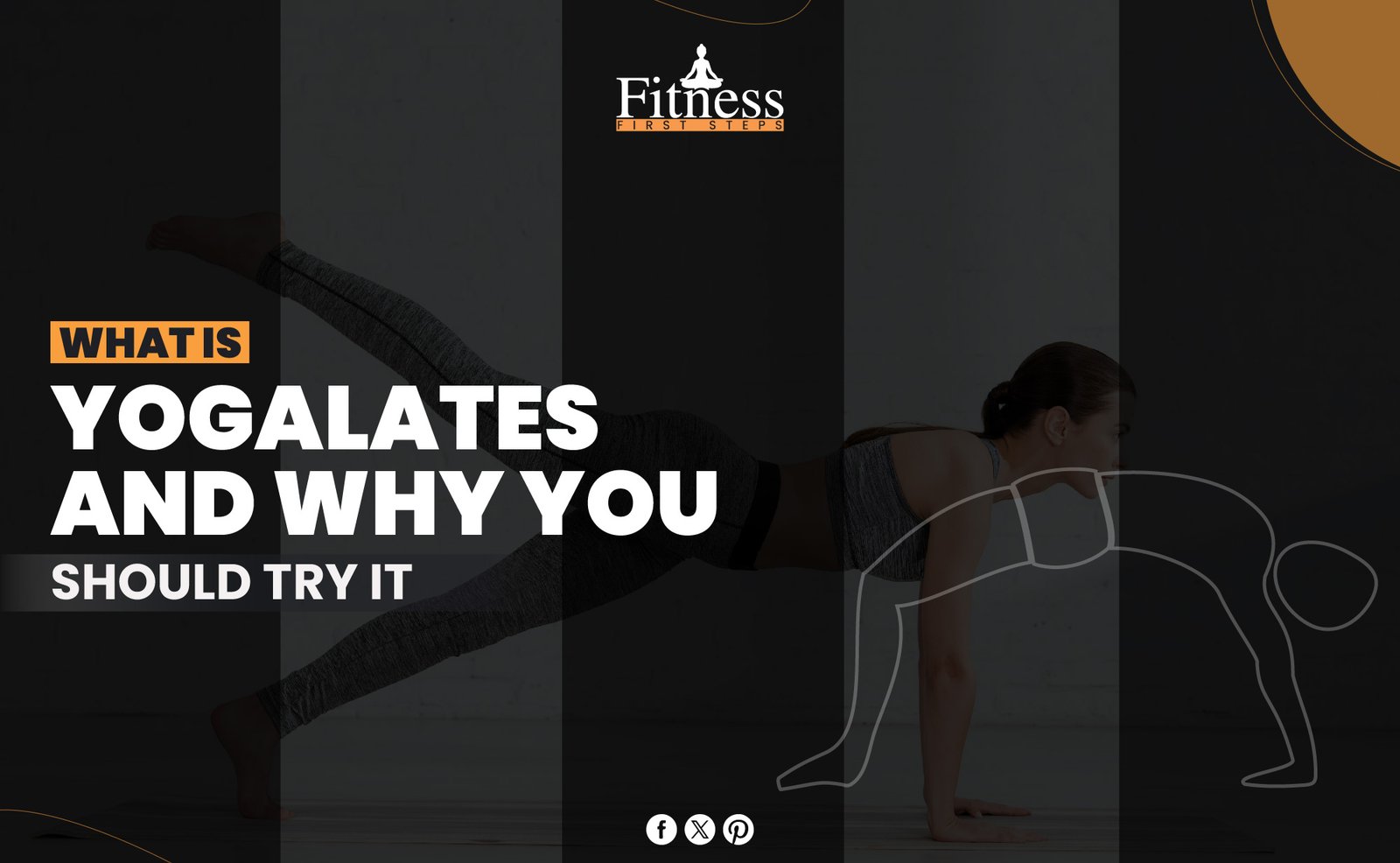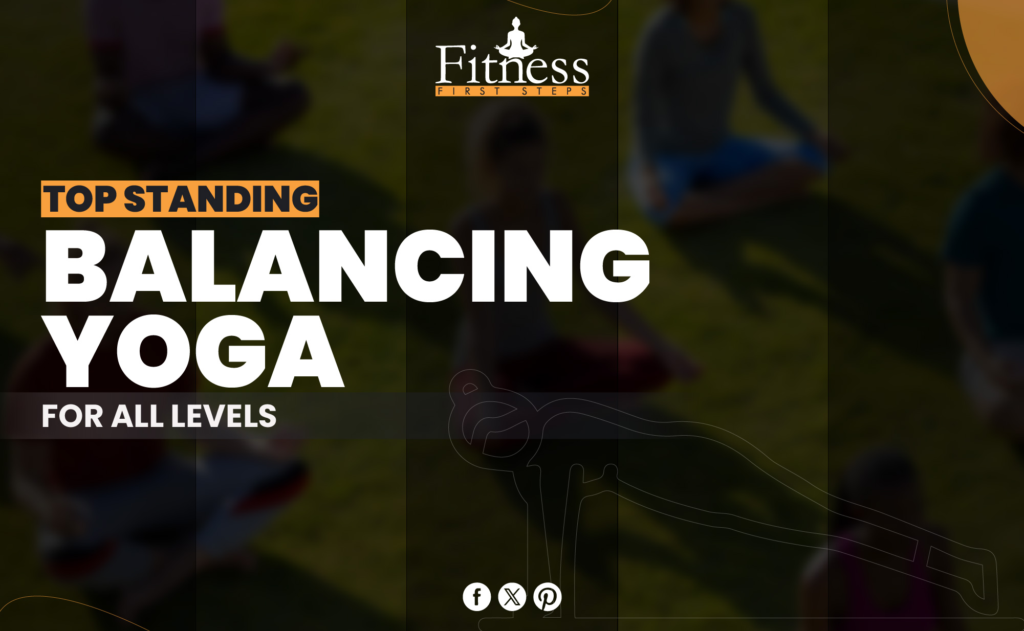Introduction
The Wheel Pose (Udhva Dhanurasana) symbolizes transmutation and difficulty in the yoga tradition. In addition to being a physical endurance and flexibility challenge, it portrays mental fortitude and personal development. By assuming this backbend, practitioners are encouraged to expand their hearts, overcome obstacles, and delve into the profound recesses of their capabilities. Achieving proficiency in Wheel Pose initiates an exploratory process that grants access to enhanced stability and alignment and a more profound sense of self-awareness.
Please read our blog about Firefly Pose.
Etymology of “Wheel Pose” in Yoga Practice
In Sanskrit, “Urdhva” indicates upward, “Dhanura” denotes bow, and “Asana” signifies attitude or posture. Urdhva Dhanurasana means “Upward Bow Pose” since this backbend resembles a bow pointed upwards. This term captures the pose’s intensity and grace by implying dynamic tension and strength, like pulling a bow to release an arrow.
The yoga posture Urdhva Dhanurasana is called “Wheel Pose” because the body forms a round, wheel-like shape. Urdhva Dhanurasana’s dynamic, rounded arch, resembling a wheel, is simplified by the English name “Wheel Pose.” This terminology makes the pose’s nature and purpose accessible to a global audience while accentuating the wheel’s visual representations of power, flexibility, and continuity.
The Foundation of Wheel Pose
Hand Placement
Spread the Fingers Wide: For a solid foundation, firmly place your palms on the ground, shoulder-width apart, with your fingers widely spread.
Direction Matters: Directing your fingertips towards your shoulders can alleviate pressure on your wrists and improve your overall stability.
Foot Alignment
Hip-Width Distance: Parallel to one another, position your ankles hip-width apart to establish a stable foundation.
Toes Alignment: One can promote balance and ensure an even distribution of body weight across the legs by aligning the toes slightly inwards or directly forwards.
Engaging the Core and Legs
Activate the Core: While lifting into the pose, activate your abdominal muscles to support your vertebrae.
Strength in the Legs: Engage the quadriceps and glutes by applying downward pressure through the feet to initiate the upward lift of the pelvis.
Mindful Initiation
Set Your Intentions: You should focus on your intention and the strength necessary to ascend into the Wheel Pose before elevating into the position.
Gradual Ascent: To truly enter the pose, commence by raising your hips towards the ceiling, extending your spine gradually, and culminating in a firm grip on your hands.
Importance of Balance
Equilibrium Between Strength and Flexibility: A well-balanced foundation is essential for the harmonious integration of strength and flexibility, resulting in a Wheel Pose that is both safer and more effective.
Distributing Weight Evenly: It is imperative to distribute the weight uniformly among the four points of contact with the ground to prevent excessive strain on any area.
Building a stable foundation is a continuous process of modification and alignment throughout the pose. This groundwork is necessary for a safe, impressive, fulfilling Wheel Pose.
Breathing Into the Wheel Pose
Synchronize Your Movement and Breath: To initiate the ascent into Wheel Pose, inhaling deeply prepares your body and psyche. Lend your respiration guidance as you begin the upward motion of your body, thereby establishing a symbiotic interplay between the two.
Deep Inhalations for Expansion: Expand your chest and ribcage with deep inhalations to open the hard backbend. This helps deepen the stance and relaxes the mind during the difficulty.
Maintain Steady Breathing: Aim to sustain limp, regular breaths once in Wheel Pose. Doing so will maintain focus and a sense of grounding while stabilizing the pose.
Exhale to Deepen: As you exhale, go deeper into the pose and let go of any stress in your back, shoulders, and hips. Every time you breathe, you can explore the pose more.
Cultivate Awareness: Keep an eye on the flow of your breath to get a sense of how your body and mind are doing. If your breathing gets short or complex, it might be time to take a break or change your standing.
Use Breath to Release: As you exhale, focus on letting go of any tightness or stiffness in your body. Imagine the breath moving to tight body parts, making you feel free and open.
Ensure Safety Through Breathing: It’s essential to keep a steady flow of breath because it tells you when to push further and when to hold back. Being aware can help you avoid overworking yourself and getting hurt.
In the Wheel Pose, breathing is essential. It makes achieving the stance meditative, connecting mind, body, and soul. Breath transforms Wheel Pose into a discovery and expanding experience.
Aligning Your Body
Ensure Proper Hand Placement: For optimal support and alignment, maintain your palms shoulder-width apart with your fingers widely spread and pointing towards your shoulders.
Align Your Feet: To ensure a stable foundation, align your feet parallel to one another, with the heels pointing forward and your feet hip-width apart.
Activate the Abdominals: By encouraging a safer backbend, engaging the core muscles supports the vertebrae and prevents excessive arching in the lower back.
Shoulder Alignment: To create space in the thorax and enable a more expansive backbend and deeper breaths, remove your shoulders from your ears and rotate them outward.
Press Down to Lift: As you press down onto the floor with the strength of your legs and arms, raise your hips and torso to form the wheel’s arch.
Lengthen Your Spine: As you enter the pose, visualize the crown of your head elongating your vertebrae while avoiding compression in any area.
Balance Your Effort: Maintaining a balanced weight distribution between the palms and feet is imperative to avoid excessive stress on the lower or upper body.
Adjust as Needed: Maintaining balance and alignment requires being aware of your body’s signals and making minor adjustments to your hand and foot placement, muscle engagement, etc.
Avoid Splaying Out: To achieve alignment between the knees, ankles, and hips, maintain knees that point directly forward instead of allowing them to flare outward.
Neck Position: To prevent strain, maintain a neutral neck position, enabling your head to rest gently on the ground or float slightly above it, according to your comfort and flexibility.
Aligned wheel Poses are about respecting your body’s boundaries, promoting safety, and maximizing their advantages. You develop a demanding and nurturing yoga practice by concentrating on alignment principles, leading to growth and discovery.
Building Strength for Stability
Strengthen Core Muscles: Consistently perform abdominal and lower back strengthening exercises to provide spinal support while performing the Wheel Pose.
Work on Shoulder Stability: To aid in bearing the load of your upper body during the pose, integrate exercises that fortify the rotator cuff and shoulder girdle.
Build Leg Strength: Strengthening the quadriceps and glutes with squats, lunges, and leg presses is essential for entering and maintaining the pose.
Enhance Arm and Wrist Strength: Strengthen your arms through push-ups, wrist curls, and arm balances to achieve the necessary strength for a stable foundation in Wheel Pose.
Flexibility and Strength in the Spine: Promote spinal flexibility through the performance of back extension exercises and moderate backbends; this will enhance the strength gained from backbend poses.
Incorporate Yoga Poses that Build Strength: To develop the strength required for a Wheel Pose, incorporate exercises such as Chaturanga, Bridge, and Plank into your routine.
Practice Holding Poses Longer: One can improve endurance and stability by prolonging the time spent in strength-building poses.
Use Props for Support and Challenge: Utilize objects such as straps and blocks to modify poses for safely gaining strength and increasing difficulty as you advance.
Mindful Transitioning: Prioritize the transition into and out of poses over the postures to develop stability and functional strength.
Consistent Practice: Assemble the strength necessary to perform advanced poses such as the Wheel by devoting time to a consistent yoga practice that progressively escalates in intensity and complexity.
The Role of Flexibility in Wheel Pose
Flexibility is vital to mastering the Wheel Pose. Not only can you bend deeper, but this fitness aspect helps the body work together for a safer and more expressive stance.
Spinal Flexibility: Making the curve in the wheel pose is essential. Doing gentle backbends and spinal twists regularly can improve your spine’s range of motion. This will make reaching the depth and height of Urdhva Dhanurasana easier.
Shoulder and Chest Openness: Safely entering and holding the pose requires an entire shoulder and chest opening. Shoulder openers and chest stretches increase flexibility, expanding the backbend.
Hip Flexors and Quadriceps Stretch: The front thighs and hips must be flexible to lift the body into Wheel Pose while maintaining alignment and stability. Lunges and hip flexor stretches reduce tightness, making lifting the position easier.
Wrist and Forearm Flexibility: Wheel Pose puts a lot of weight on the hands, so flexible wrists and forearms can help disperse it and avoid strain or injury.
Balancing Flexibility and Strength: Flexibility and Strength must be balanced for safe and successful pose performance. Too much flexibility without strength can cause instability and injury.
Integrating flexibility-focused practices into one’s yoga regimen can realize several benefits, including improved Wheel Pose performance, enhanced overall well-being, decreased injury risk, and a heightened sense of freedom and comfort during yoga sessions.
Advanced Techniques for Alignment
To get a better balance in Wheel Pose, you need to know more about how the body works and make small changes. These more advanced methods go into details that make the pose better by making it safer, more stable, and more enjoyable overall.
Micro-Adjustments: To enhance the efficacy of the pose, it is crucial to focus on subtle modifications such as hand and foot placement, spine alignment, and muscle engagement to refine your alignment.
Focus on the Foundation: For a stable foundation that supports the entire body, reinforce the connection between your hands, feet, and the earth by grounding through the four corners of each palm and foot.
Engage the Core: To enhance core engagement and establish a solid foundation for the backbend, concentrate on stabilizing the lower back by drawing the navel towards the spine and elevating the pelvic floor.
Spiraling Energy: To enhance the pose’s sense of lightness and expansiveness, generate a spiraling energy that emanates from the core and circulates throughout the limbs.
Shoulder Integration: Externally rotating the shoulders and pulling the shoulder blades toward each other and down the back creates chest room and heart center opening.
Lengthen the Tailbone: To prevent lower back constriction and even weight distribution, lengthen the tailbone toward the heels while working the glutes and hamstrings.
Lift Through the Heart: To deepen the backbend and open the chest, elevate the heart through the sternum, and broaden across the collarbones while preserving the thoracic spine.
With these advanced alignment techniques, you can improve your Wheel Pose understanding and gain stability, strength, and freedom.
Common Mistakes and How to Avoid Them
Wheel Pose (Urdhva Dhanurasana) can be challenging even for seasoned practitioners. Recognizing and correcting frequent errors can improve safety, your technique, and your understanding of the posture.
Overarching the Lower Back: Engage the core muscles and stretch the tailbone toward the heels to reduce lumbar compression. Avoid lower back slumps by raising the pelvis.
Collapsed Chest and Shoulders: Maintain chest and shoulder openness by externally rotating the arms and pulling the shoulder blades together and down the back. Imagine broadening the collarbones to expand the chest.
Improper Hand and Foot Placement: Hold your hands shoulder-width apart with fingers spread wide and palms firmly planted. Toes should point forward, feet hip-width apart and parallel.
Rounding the Shoulders: Actively press into the hands and elevate the sternum to avoid rounding the shoulders. Keep shoulder blades firmly on the back to support chest opening.
Collapsing onto the Neck: Avoid excessive neck pressure to protect the cervical spine. Keep weight equally on hands and feet and avoid head-to-floor collapse.
Overstraining the Wrists: Keep wrists comfortable by appropriately transferring weight via the palms and fingers. Use arm and shoulder muscles to take this load.
Skipping Warm-Up Poses: Warm up the spine, shoulders, and hip flexors with Cat-Cow, Bridge, and Camel Pose before Wheel Pose. This increases flexibility and prevents injury.
Ignoring Body Signals: Recognize and honor the boundaries of your body. Only press or force your way into the pose within your current strength or flexibility. Mindfully and progressively advance.
Neglecting Breath Awareness: Throughout the pose, maintain steady breathing to support the body and soothe the mind. Refrain from shallow or held breaths, as these movements can exacerbate tension and stress.
Adopting alignment principles into your practice and remaining aware of these frequent errors can foster a secure, productive, and gratifying encounter in Wheel Pose.
Incorporating Props for Support
Props can improve Wheel Pose (Urdhva Dhanurasana) alignment, stability, and comfort. Props help practitioners explore the posture safely and successfully when utilized mindfully.
Yoga Blocks:
Put yoga blocks under your hands to lift the floor and reach less. This can help with stiff shoulders or spine flexibility. Set blocks at their highest height and lower them as you become used to the posture.
Yoga Strap:
Maintain shoulder posture and minimize splaying by wrapping a yoga strap around your upper arms slightly above the elbows. Beginners and shoulder instability sufferers may benefit.
Bolster or Rolled Blanket:
A bolster or rolled blanket under your shoulder blades will support and raise the pose. This can make opening the chest and shoulders easier, especially for those with limited flexibility.
Wall:
Use the Wheel pose for extra support and steadiness, and position your feet against a wall. Additionally, this can make you feel safer in the pose and give you a point of reference for correctly placing your feet and legs.
Chair:
Lift into the stance with a chair behind you and hold onto the edges. This is helpful if you’re growing strength or have wrist or shoulder concerns that make hand weight bearing difficult.
Blanket or Cushion:
Under your head, fold a blanket or position a cushion for additional support and comfort. This can facilitate the pose by reducing strain on the neck, which is particularly beneficial for individuals who experience sensitivity in this region.
Wall-Mounted Yoga Wheel:
As you ascend into the pose, employ a wall-mounted yoga wheel to support the backbend and offer a gentle aid. This can be advantageous for novices or individuals securely developing their backbend depth.
Use props in Wheel Pose with curiosity and openness. Try different props and setups to find what suits your body and practice path. You may need fewer props or minimize their use as you get used to the pose and your physique.
Mental and Spiritual Benefits of Wheel Pose
In addition to its physical advantages, Wheel Pose (Urdhva Dhanurasana) provides significant mental and spiritual benefits, rendering it a practice that brings about radical changes in the mind, body, and spirit.
Heart Opening: Wheel Pose, with its expansive form, promotes a profound expansion of the chest and heart center, serving as a symbolic representation of courage, vulnerability, and an unwavering acceptance of life.
Cultivation of Compassion: Wheel Pose opens the heart, fostering self-compassion and empathy. It promotes self-love, acceptance, and forgiveness, fostering compassion on and off the mat.
Letting Go of Fear: Wheel Pose requires overcoming physical, emotional, and mental fears. Surrendering to the position and trusting in one’s strength and resilience helps build courage and resilience under hardship.
Connection to Higher Self: In Wheel Pose, the upward movement represents a connection to divinity, universal consciousness, or inner wisdom. The position can inspire awe, reverence, and spirituality.
Mind-Body Connection: Practicing Wheel Pose fosters a deep mind-body connection, where breath, movement, and awareness are seamlessly integrated. This union of mind and body enhances self-awareness, intuition, and inner wisdom.
The mental and spiritual qualities of Wheel Pose can lead to profound transformation, personal growth, and a deeper connection to oneself and the world.
Precautions and Contraindications
Wheel Pose (Urdhva Dhanurasana) has many benefits, but it’s essential to practice mindfully, especially if you have health issues. Consider these precautions and contraindications before practicing Wheel Pose:
Spinal Issues: Those with herniated discs, spinal injuries, or significant back pain should avoid Wheel Pose or practice with a yoga instructor. The pose’s profound backbend may worsen spinal ailments.
High Blood Pressure: Uncontrolled high blood pressure patients should not hold their breath or do deep backbends like Wheel Pose. Maintain steady, even breathing throughout the position.
Recent Surgery: See your doctor before Wheel Pose after abdominal, shoulder, or spinal surgery. Before doing challenging yoga poses, wait till you’re recovered and cleared by your doctor.
Pregnancy: In late pregnancy, deep backbends like Wheel Pose should be avoided. The stance presses on the abdomen and may be unsafe during pregnancy. Safe and supportive pregnant yoga positions are recommended.
Recent Injuries: Wheel Pose should be avoided until the wound completely recovers if the individual has recently suffered severe trauma or injury. Follow the signals from your body and refrain from overexerting yourself too quickly.
With awareness, listening to your body, and respecting your needs and limitations, you can safely enjoy Wheel Pose without risking injury or discomfort. Ask a yoga instructor or doctor if the Wheel Pose is proper for you.
Sequencing Your Yoga Practice with Wheel Pose
Wheel Pose (Urdhva Dhanurasana) demands careful sequencing to prepare the body and maximize its advantages. A suggested sequence to easily incorporate Wheel Pose into your practice:
Warm-Up Poses:
Gentle warm-up poses prepare the body for deeper backbends. Increase spine mobility and chest and shoulder opening with Cat-Cow, Downward-Facing Dog, and Child’s Pose.
Sun Salutations (Surya Namaskar):
Perform multiple repetitions of Sun Salutations to increase body temperature and vitality. To enhance the warming of the vertebrae and shoulders, incorporate variations such as High Lunge, Cobra Pose, and Upward-Facing Dog.
Standing Poses:
Standing positions like Warrior I, II, and Triangle Pose strengthen legs and core. These positions improve stability and balance, preparing the body for Wheel Pose’s intensity.
Backbend Preparation:
Increase spine flexibility and chest and shoulder opening with backbend preparation exercises. Use Bridge, Camel, and Bow Pose to stretch the front body and prepare for deeper backbends gently.
Core Strengthening:
To optimize the spinal support and abdominal engagement during Wheel Pose, integrate core strengthening exercises, including Plank, Boat Pose, and Leg Lifts. A solid foundational element aids in maintaining equilibrium and mitigates the risk of lumbar overarching.
Shoulder Opening:
To improve shoulder mobility, practice Cow Face Arms, Eagle Arms, and Gomukhasana (Cow Face Pose). Open shoulders make the Wheel Pose deeper and reduce wrist strain.
Props and Modifications:
Modify the Wheel Pose with blocks, straps, or bolsters to accommodate students of varying flexibility and strength. Encourage pupils to try accessible, body-friendly options.
Integration of Wheel Pose:
Help students enter Wheel Pose consciously and safely. Promote appropriate alignment, core and leg engagement, and smooth pose transitions. Use verbal hints and hands-on adjustments to help pupils find their best stance.
Counterposes and Cool Down:
End the practice with mild counterposes and cooling-down poses to relieve spine tension and prepare for relaxation. Child’s Pose, Supine Twist, and Savasana help relax and integrate the practice.
Closing Reflection:
Please encourage students to discuss their Wheel Pose experience and any insights or feelings they had. Encourage self-awareness, patience, and compassion in yoga.
Consider sequencing your yoga practice and including Wheel Pose to create a holistic, transforming experience for body, mind, and spirit. Align the sequencing with student requirements and promote safety and accessibility in your teaching.
Conclusion
In summary, Wheel Pose (Urdhva Dhanurasana) provides mental, emotional, and spiritual benefits and physical advantages. By engaging in mindful practice, people can develop inner fortitude, flexibility, and resilience and strengthen their connection to themselves and the world. Wheel Pose encourages all practitioners, whether novices or seasoned professionals, to embark on a transformative journey of self-awareness and personal growth within and beyond the yoga mat.
